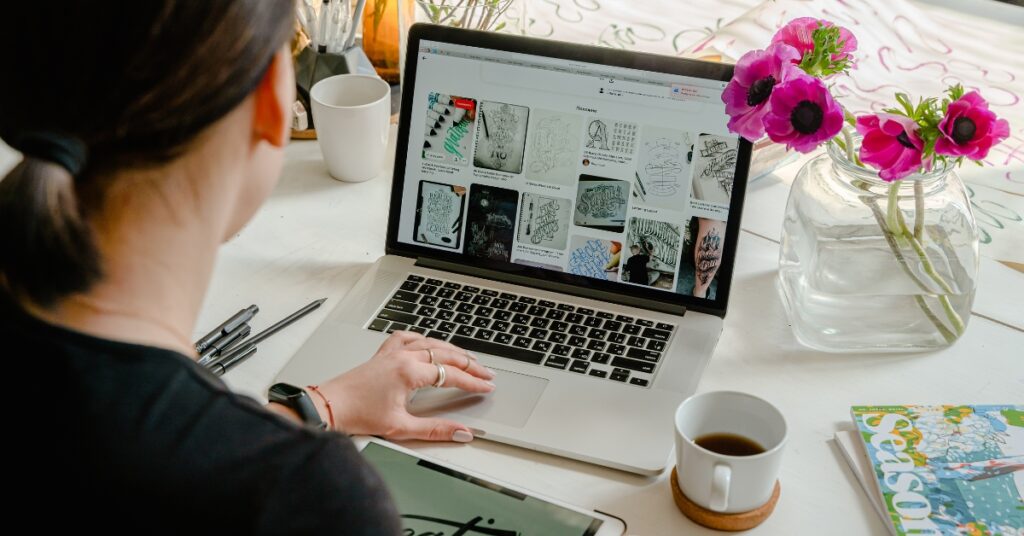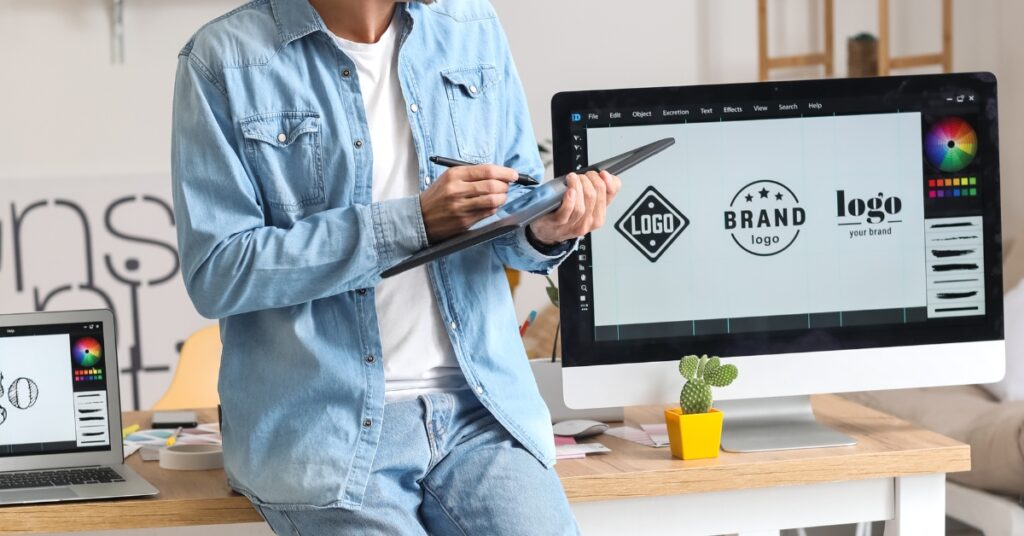In the realm of design, fonts serve as a silent yet powerful communication tool. They convey not just words but emotions, personalities, and identities. In an era where visuals dominate, choosing the right font or combination of fonts is pivotal. One aspect of this decision-making process that often goes underestimated is font pairing, a practice that can make or break a design. In this comprehensive exploration, we delve into the multifaceted significance of font pairing, why it matters, and how to master it to elevate design and communication.
Fonts as a Visual Language
Fonts are more than just letters on a screen or paper; they are a visual language. Each font carries a unique personality and tone, which can significantly influence how a message is perceived. Fonts can be playful or serious, elegant or bold, traditional or modern. When harnessed effectively, they can evoke specific emotions and elicit desired responses from the audience.

The Role of Font Pairing
Font pairing is the art of selecting and combining two or more fonts that complement each other harmoniously within a design. It is akin to orchestrating a symphony where each font plays a distinct role, contributing to the overall visual composition. The primary objectives of font pairing are to enhance readability, establish visual hierarchy, and reinforce the intended message.
1. Enhancing Readability
Readability is paramount in any form of communication. The right font pairing ensures that the text is not only legible but also inviting to read. Effective font combinations create a flow that guides the reader’s eye effortlessly, eliminating distractions and enhancing comprehension. For example, pairing a legible sans-serif font with a complementary serif font in headings can strike the perfect balance between readability and elegance.
2. Establishing Visual Hierarchy
Visual hierarchy is the arrangement of elements in a design to emphasize their importance. Font pairing plays a pivotal role in establishing this hierarchy. By choosing fonts with different weights, styles, and sizes, designers can guide the viewer’s gaze, highlighting critical information and creating a natural reading path. For instance, a bold, sans-serif font for headlines and a lighter, serif font for body text can create a clear visual hierarchy.
3. Reinforcing the Message
Fonts can convey subliminal messages that reinforce the intended content. For instance, a script font might evoke a sense of elegance and tradition, making it suitable for wedding invitations or high-end brands. In contrast, a clean, modern sans-serif font can convey simplicity and innovation, aligning with tech-focused products or services. The right font pairing strengthens these messages by harmonising contrasting tones or styles.

Why Font Pairing Matters
The significance of font pairing extends beyond aesthetics. It influences the effectiveness of design and the clarity of communication. Here are compelling reasons why font pairing should not be overlooked:
1. Differentiation
Font pairing allows for differentiation between various elements in a design. Headlines, subheadings, body text, and captions can each have a distinct font, creating visual diversity and preventing monotony.
2. Brand Identity
For businesses and organisations, consistent font pairing becomes an integral part of brand identity. A well-defined font pairing strategy ensures that all communications, from websites to marketing materials, align with the brand’s personality and values.
3. Emotional Resonance
Fonts have the power to evoke emotions and establish connections. Font pairing can amplify these emotional resonances, allowing designers to craft designs that elicit specific feelings in the audience.
4. Cross-Medium Consistency
In today’s multi-platform digital landscape, consistency across different mediums is crucial. Effective font pairing provides a unifying visual thread that ensures a seamless brand experience across websites, social media, print materials, and more.
5. Creative Expression
Font pairing is an opportunity for creative expression. Designers can experiment with fonts to create unique, eye-catching designs that stand out in a crowded visual landscape.

Mastering Font Pairing
Mastering the art of font pairing is an essential skill for designers, enabling them to create visually compelling and coherent designs. This craft hinges on a delicate balance of contrast, compatibility, consistency, restraint, experimentation, and intuition. Here’s an elaboration on how to refine your font pairing technique:
1. Contrast is Key
One of the foundational principles of effective font pairing is contrast. This doesn’t just refer to font size but also to the style and weight of the fonts used. For instance, combining a robust, weighty sans-serif font with a delicate serif can create a striking visual hierarchy, guiding the viewer’s attention and emphasizing key parts of your design. Contrast facilitates differentiation between text elements, such as headings and body text, making your content more accessible and engaging.
2. Complementary Styles
While contrast is crucial, the fonts should also harmonize. Selecting fonts that share a common design era or philosophy can subtly tie your design together. A sleek, minimalist sans-serif paired with a geometric serif echoes modernism and can complement each other without competing for attention. This synergy between fonts supports a unified design language, enhancing the overall aesthetic of your project.
3. Maintain Consistency
Consistency in font pairing is vital to avoid dissonance in your design. This means choosing fonts that, despite their differences, work together to support the mood and message of your project. For example, a design aiming for an elegant and luxurious feel might pair a refined serif with a clean, light sans-serif, both contributing to the sophisticated vibe. Consistency ensures that your font pairings enhance, rather than detract from, the design’s intent.
4. Limit the Number of Fonts
While the variety of fonts available can be tempting, using too many different fonts can overwhelm your design and dilute its impact. A good rule of thumb is to limit yourself to two or three fonts within a single project. This limitation encourages creativity within constraints and ensures your design remains focused and cohesive.
5. Test and Iterate
The process of finding the perfect font pairing is often iterative. Don’t hesitate to experiment with various combinations, observing how they influence your design’s readability, mood, and visual appeal. Testing different pairings in the context of your design and seeking feedback can lead to discoveries that significantly enhance your project.
6. Trust Your Instincts
Finally, while there are guidelines and best practices for font pairing, much of this skill relies on personal intuition and creativity. As you gain experience, trust your instincts about what works and what doesn’t. Often, the most successful font pairings come from a willingness to explore and innovate beyond conventional choices.
In the world of design and communication, fonts are the unsung heroes that convey messages beyond words. Font pairing, the strategic selection and combination of fonts, is the conductor that orchestrates these visual narratives. When done effectively, font pairing enhances readability, establishes visual hierarchy, and reinforces the message’s impact.
Designers and communicators must recognize that font pairing is not merely an aesthetic choice; it is a critical component of effective design and brand communication. By understanding the nuances of font personalities, experimenting with contrast and complementary styles, and embracing creativity, one can master the art of font pairing and unlock the potential to create visually compelling and emotionally resonant designs.



